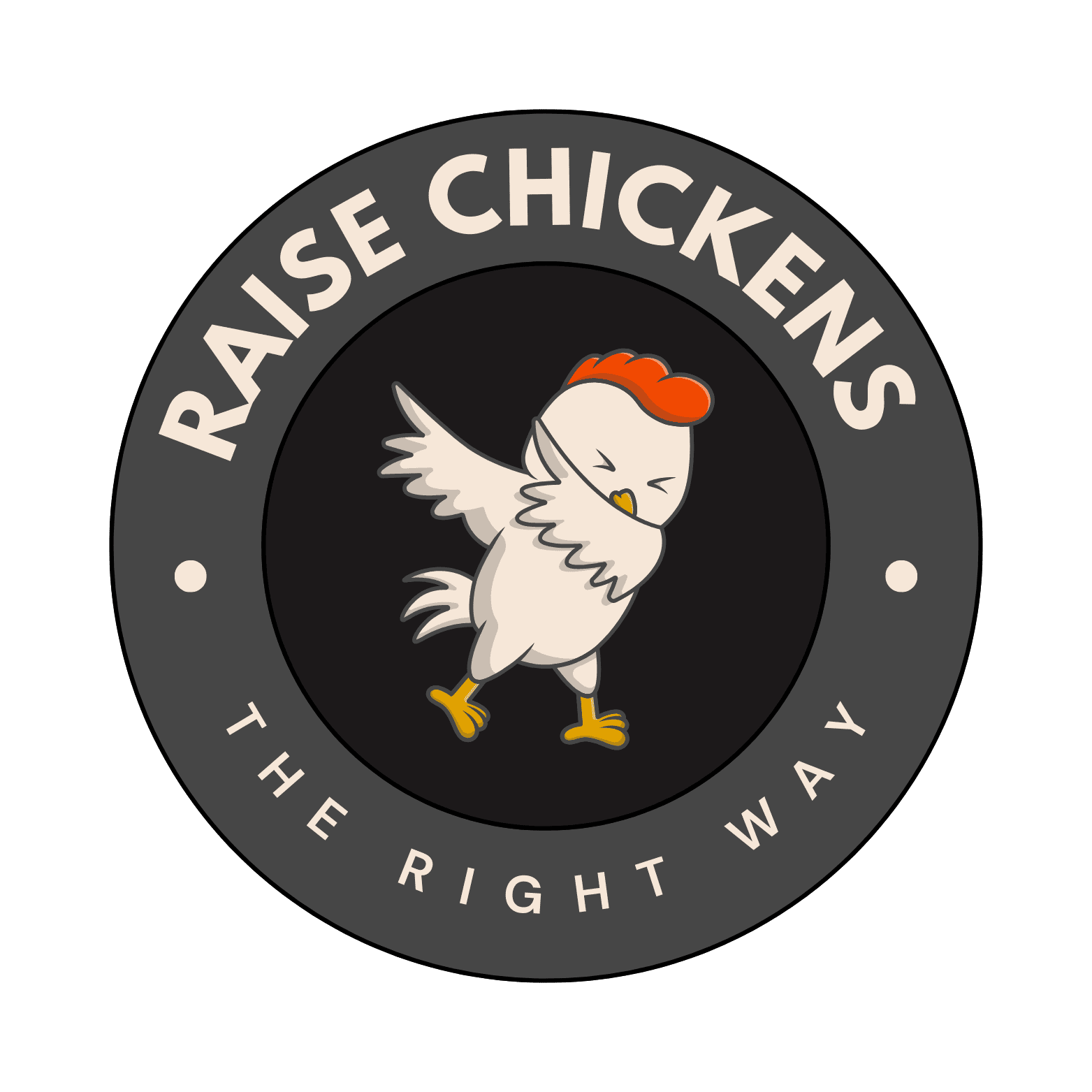My Battle with Moniliasis in Chickens: A Farmer’s Complete Guide
After spending over two decades raising chickens on my family farm, I’ve encountered my fair share of health challenges. But there’s one fungal menace that’s particularly tricky – Moniliasis. Also known as thrush or candidiasis, this sneaky infection has taught me some valuable lessons that I’d love to share with fellow chicken keepers.
Let me tell you about my first encounter with Moniliasis. I noticed something was off when several of my younger birds weren’t as chirpy as usual. That’s when I discovered those telltale white patches in their mouths, and my heart sank. I knew we had a situation on our hands.
Understanding Moniliasis: The Basics
Moniliasis is essentially a fungal infection caused by Candida albicans. Think of it as chicken thrush – yes, it’s similar to what humans can get. The fungus loves warm, moist environments, making your chickens’ digestive tract the perfect breeding ground. I’ve learned that stressed birds or those with weakened immune systems are particularly vulnerable.
Spotting the Warning Signs
Through my years of experience, I’ve become pretty good at catching Moniliasis early. Here are the main symptoms I watch for:
The Crop Connection
I’ve noticed that crop problems are often one of the first signs something’s wrong. When Moniliasis takes hold, the crop can become infected, leading to what we farmers call ‘sour crop.’ It’s not pleasant, and if left untreated, it can become serious quickly. I always check my birds’ crops during my morning rounds – it’s become second nature now.
Treatment Options That Work
Over the years, I’ve tried various treatments, but I’ve found these to be the most effective:
Nystatin: The Go-To Solution
Nystatin has been my reliable friend in fighting Moniliasis. It’s an antifungal medication that’s pretty effective when used correctly. I typically administer it according to my vet’s instructions, usually for about 7-10 days. The key is consistency – you can’t skip doses even if your birds start looking better.
Copper Sulfate: The Traditional Approach
I’ve had good results with copper sulfate solutions too. It’s more of an old-school treatment, but sometimes the traditional methods work best. I use it as a preventive measure in drinking water, but be careful with the concentration – too much can be harmful.
Prevention: My Top Strategies
Here’s what I’ve found works best to prevent Moniliasis outbreaks:
Common Mistakes to Avoid
I’ve made my share of mistakes, and I’ll share them so you don’t have to repeat them. The biggest one? Assuming the infection has cleared up just because the visible symptoms are gone. I’ve learned the hard way that you need to complete the full treatment course, even if your chickens seem better.
The Impact on Egg Production
Let’s talk about something that concerns every chicken keeper – egg production. In my experience, Moniliasis can significantly impact laying patterns. I’ve seen production drop
